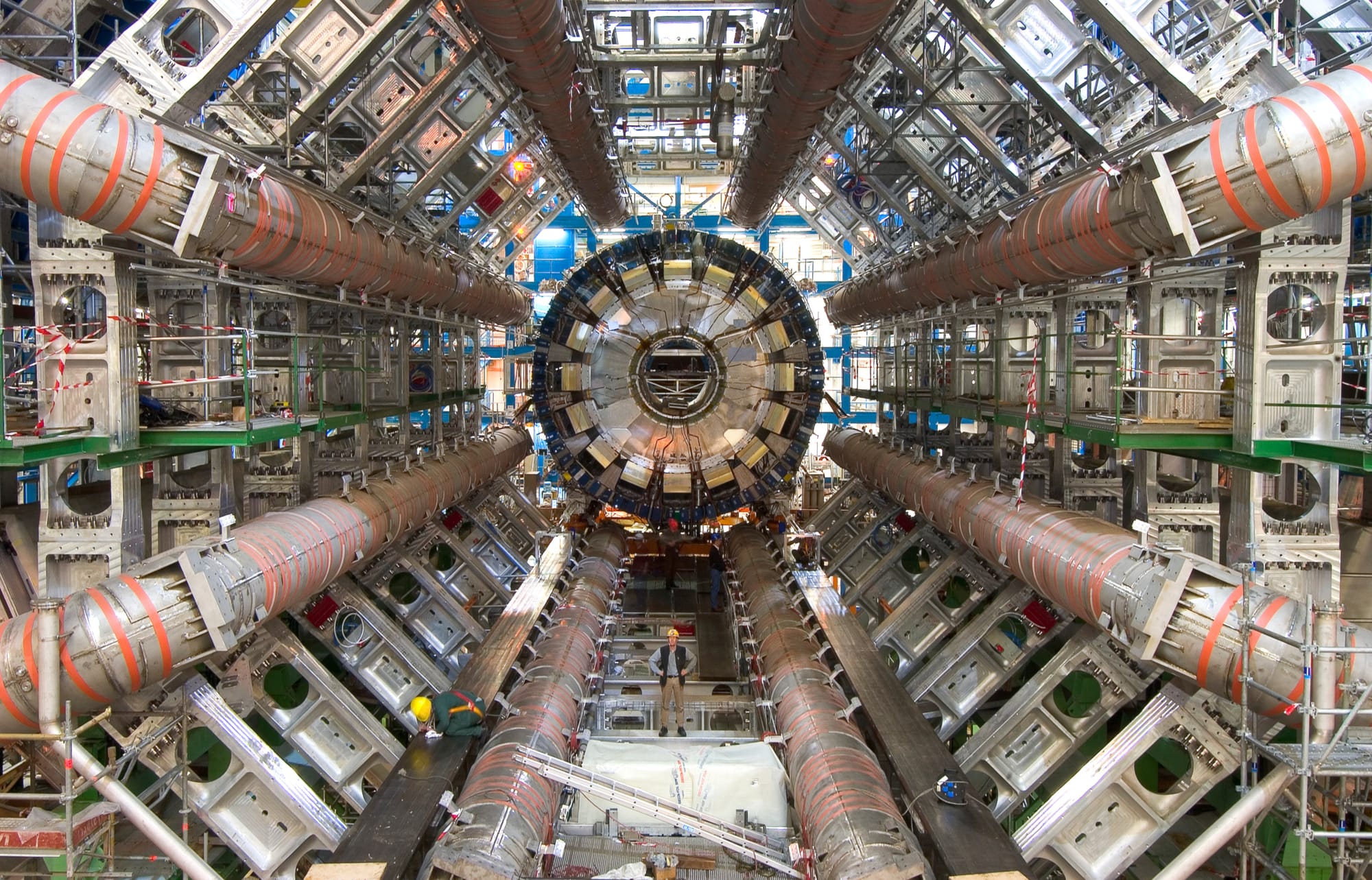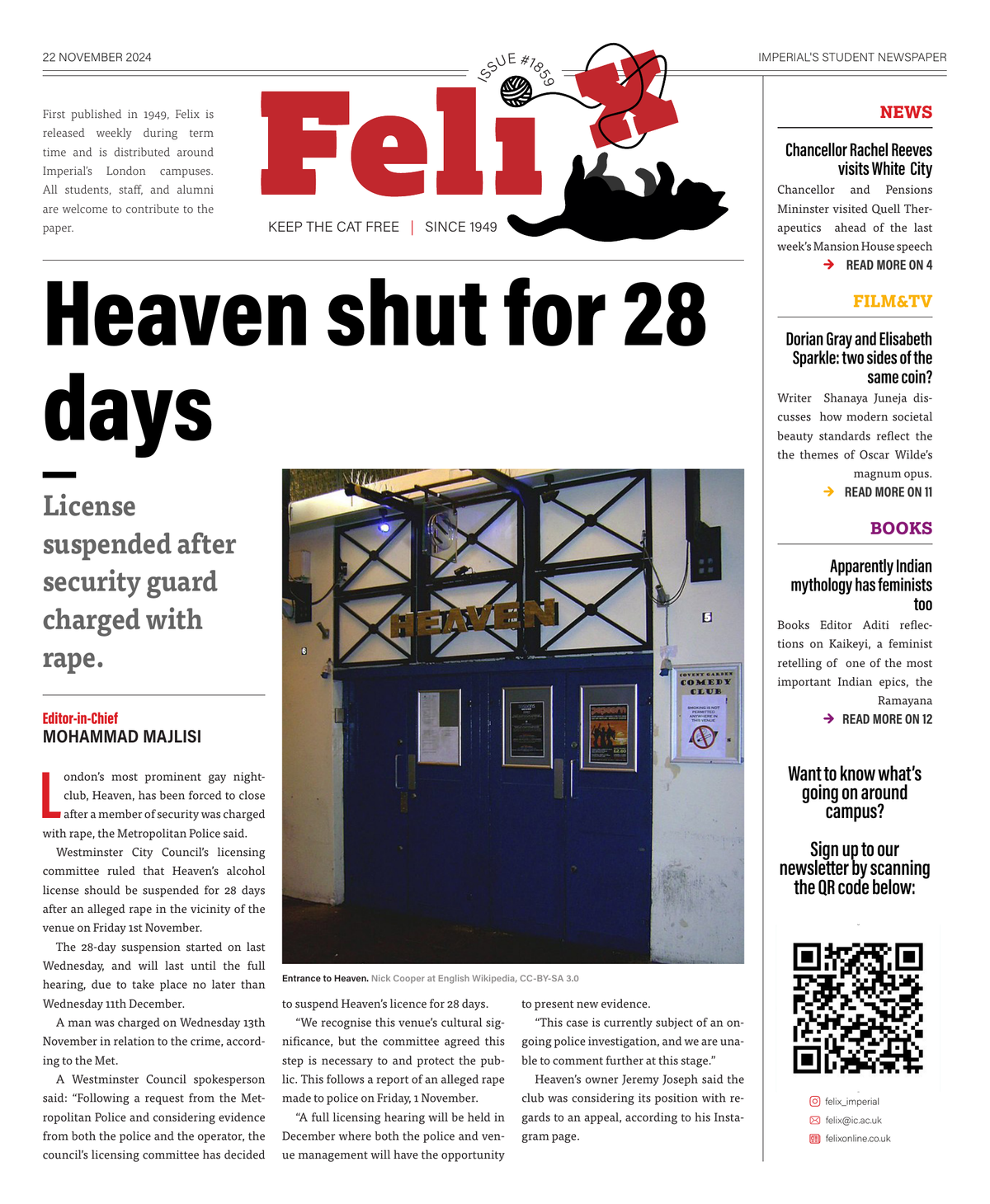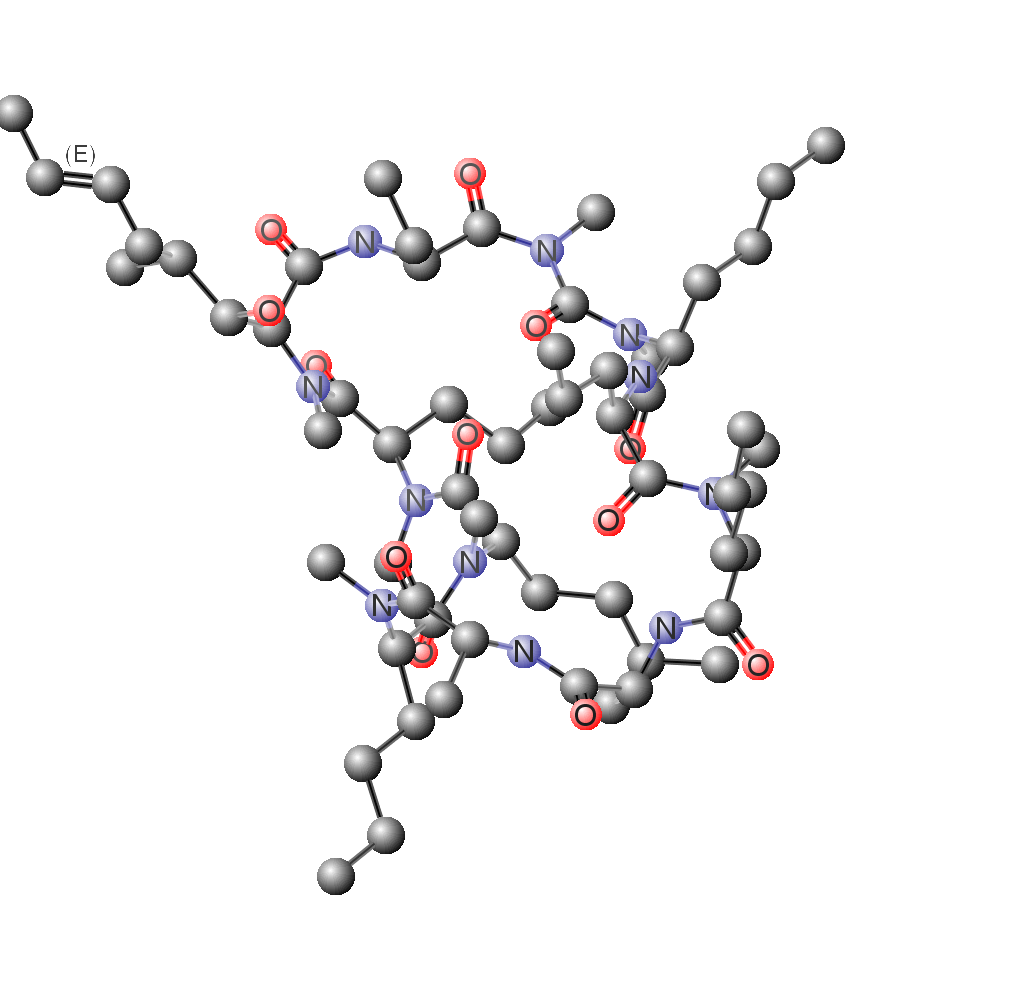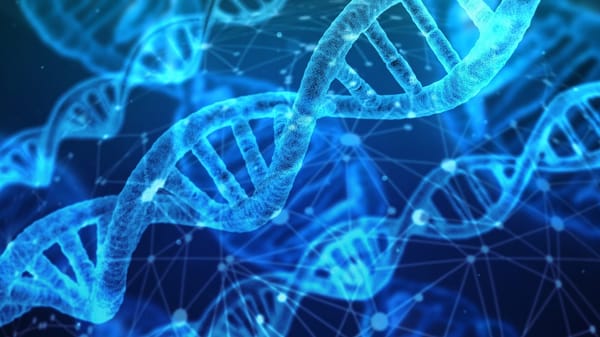CERN sees top quarks
The Large Hadron Collider yields another particle physics discovery.
Following a talk held at CERN last Tuesday by Dr Georgios Krintiras (University of Kansas) and Patrycja Anna Potepa (AGH University of Krakow), members of the ATLAS collaboration reported the observation of top quarks originating from heavy Pb-Pb ion collisions. The observed significance was 5 sigma, surpassing the standard significance level for particle physics in distinguishing the detection of a particle from a statistical fluke.
Top quarks are the heaviest elementary particle. They were first discovered in 1995 at the Fermilab particle accelerator in the CDF and DØ experiments – both originally designed to discover the identity and properties of elementary particles. With a +2/3 elementary charge, the top quark has a mass almost 3,500 times that of an electron , resulting in the quark having an extremely short lifetime – roughly 4 x 10^-25 s.
Quarks may combine to form composite particles, called hadrons. Protons and neutrons are examples of hadrons, which are composite particles constructed from combinations of up and down quarks (uud and udd respectively). The top quark, however, is unable to combine with other quarks to form hadrons, due to its incredibly short lifetime. Assuming a 1 fm-thick hadron, light takes one order of magnitude longer than the top quark lifetime to cross the width of the hadron – making the top quark unbound. Unlike the up quark and the down quark, which are bound in hadron states, the top quark being bare means it is the only quark to have been directly observed in experiment.
In the ATLAS experiment, the weak interactions of top quarks decaying into a bottom quark and the W boson were studied from data taken during Run 2 of the LHC (2015-2018). The observed cross section of the top quark was calculated to be 3.6 +1.2 -1.0 micro barns, with the total uncertainty of the measurement amounting to 31% – dominated by a 26% statistical uncertainty component. These results by ATLAS show “good agreement with the theory”, claims ATLAS collaborator Patrycja Potepa. She adds that combining efforts from ATLAS and CMS observations of the quark may be useful due to high statistical uncertainties in the experiment.

These results now pave the way to study quark-gluon plasma (QGP). In QGP, the fundamental constituents of particles, quarks and gluons, are no longer bound – they instead exist in a “deconfined” state of matter – much like top quarks. It is believed that the matter in our early universe was composed mainly of QGP moments after the Big Bang.
CERN adds: “This observation represents a significant step forward in heavy-ion collision physics, paving the way for new measurements of the quark–gluon plasma (QGP) that is created in these collisions and delivering fresh insights into the nature of the strong force that binds protons, neutrons, and other composite particles together.”










